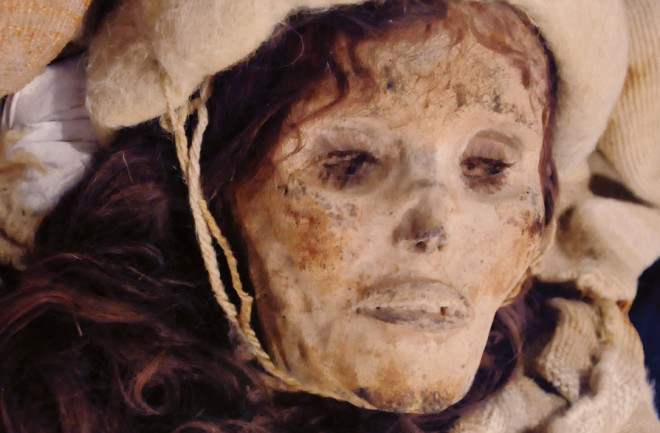Let's suppose to accept the controversial results of the paper (2021) which claims "pure ANE" ancestry (whatever that means) for ALL the earliest Tarim mummies (I think it is laughable, because of the sure presence of kentum, and very probably also satem, speakers at that time in the area, anyway...)
If we consider the old proposal for indoeuropean "urheimat", we can focus on the proposal by Jain.
As we can observe such hypotetical urheimat has an overlap with ANE areal. So, considering tocharians and anatholians were the first branch to detach from indoeuropean core, we can infer that presumibly these languages were spoken by "pure ANE" people.
And then my conclusions:
The earliest "pure ANE" people of Tarim Basin ARE the Tocharians, or what is the same: the proto-indoeuropeans.





